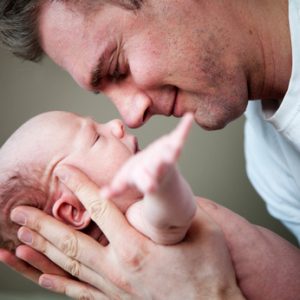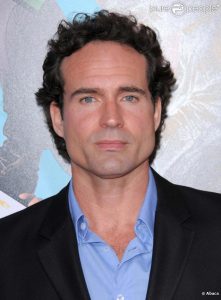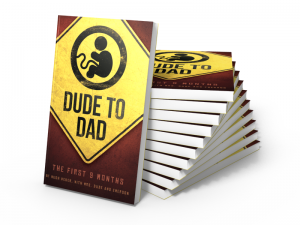We came across an interesting op-ed recently that discussed the differences that children today and their parents have with regards to growing up. There was a time when most of us could go outside and well, play. Sure, we did stupid things, but we survived and learned, and moved on. Before a time of digital leashes, and overly protective parenting, kids were just left to be kids. Sure, the world’s changed a bit since we were all kids, but that doesn’t necessarily mean that children should be deprived the opportunity to be a bit more independent. At least that’s the opinion of the author. Read below.
Let’s face it: Playing outside all day without structure and protection just poses too many risks to the perfect developmental needs of today’s fragile, Bubble-Wrapped Kids.
Fortunately, like the person who created that streetlight meme, I am one of those kids who grew up in the ’70s and ’80s. We were what you might call “free range” kids. It was the best of times, and it was the suckiest of times. Not only were we free to just be kids, we also had a ton more responsibility… and accountability. Many of us were babysitting other people’s kids by 12 years old and holding down paper routes by 13. We weren’t harmed or traumatized by our freedom or responsibility… we were enriched by it.
Kids today don’t have the level of independence we had back then and they don’t have even a fraction of the responsibility either. But it’s not entirely their fault. If today’s parents really want to be able to get back some of those good ole days that we enjoyed and which made us the great people we are today, they need to realize that kids cannot breathe, grow and thrive in a protective, layered world where nothing ever goes wrong and no one ever gets hurt. If they could even fathom following a few of the hands-off parenting methods that our parents and grandparents used with us, they may find their kids might actually take the opportunity to cut off the bubble wrap, get off the iPads and go play outside all day long… or at least until we text them for dinner.
To read the full piece on Huffington Post, click here.














